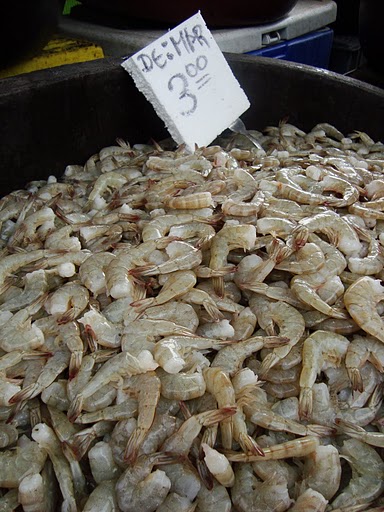 In addition to being healthy, all KidSafe Seafood choices are sustainable. Whether fishermen catch them in the wild or fish farmers raise them in pens, responsible practices ensure that our ocean and coastlines are not damaged—and that we have plenty of fish for the future.
In addition to being healthy, all KidSafe Seafood choices are sustainable. Whether fishermen catch them in the wild or fish farmers raise them in pens, responsible practices ensure that our ocean and coastlines are not damaged—and that we have plenty of fish for the future.
Why does it matter if the fish we eat are ocean-friendly? For two important reasons: First, if we want to have enough safe, nutritious seafood for the future, we all need to eat fish that are caught or raised responsibly. With 75 percent of global fish stocks fully or over-exploited, we are depleting many of the fish and other marine life that we eat faster than their populations can replenish. There is also tremendous waste in the fish business: nearly 25% of the animals caught are discarded as unusable or undesirable, including dolphins, sea turtles and seabirds.
Second, many of the most seriously contaminated fish, like shark, tuna and Atlantic (farmed) salmon, are also the ones that are the most over-fished or are raised on fish farms that pollute.
Fish farming—known as aquaculture—is widely viewed as the long-term solution to meeting the growing demand for seafood. Yet, many problems within the industry need to be resolved. Environmental and health standards vary widely from country to country, and from fish farm to fish farm. In some cases, they are nonexistent. Many aquaculture operations are damaging coastal environments and harming natural fish populations. Others are producing fish that contain harmful contaminants.